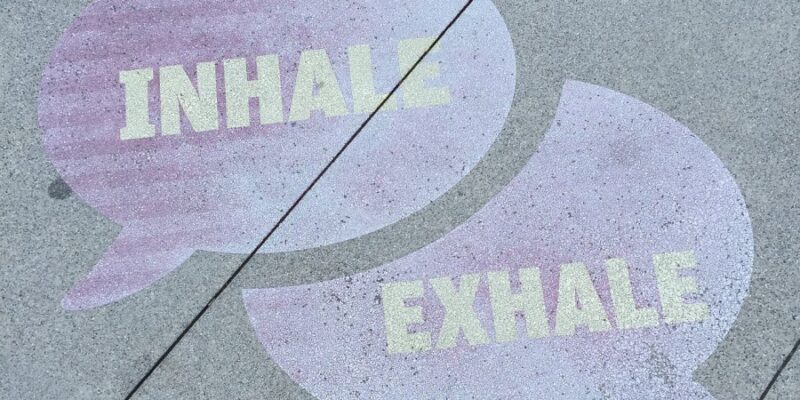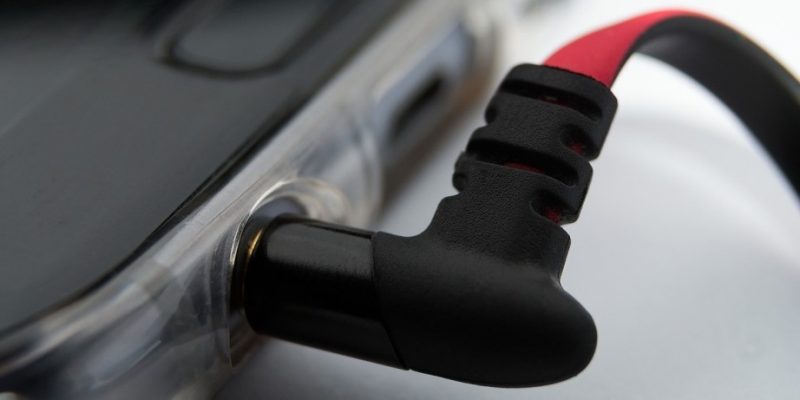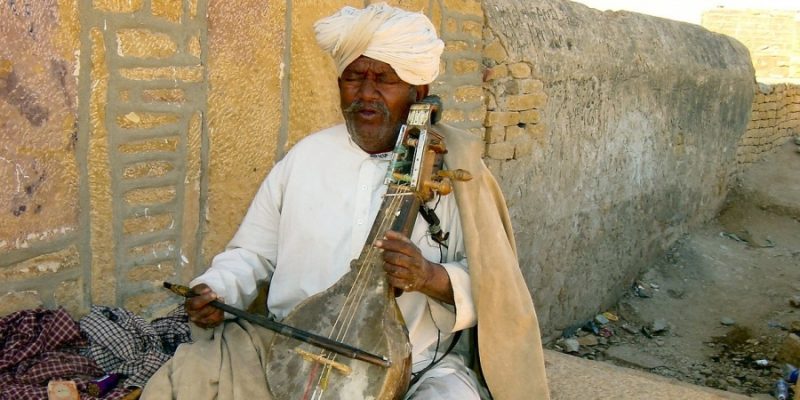
Some types of Breathwork accompany their breathing sessions with suggestive and evocative music in order to create a particular atmosphere and help bring participants (the so-called breathers) into an altered, trance-like, psychedelic state of consciousness, or guide them to or through a specific emotional stage.
The music selection and compilation often depends on the individual Breathwork facilitator who brings their own specific focus, aim, and personality into the music selection.

Typically, the music used in Breathwork sessions is only instrumental, or it may be vocal — such as in chanting — but then without understandable words or lyrics, because the latter could bring the breather back to the world of logic, thoughts, and concepts.
Different types of instruments may be used, such as drums, singing bowls, electronic music, rattles, didgeridoos, and flutes, among others.
The music may have a strong beat to help you get a breathing rhythm established, often highly repetitive, or it may be rather relaxing to get grounded again at the end of the “psychedelic experience.”
In general, different types of music, rhythms, and intensities are used during a session, as such dividing the “Breathwork journey” in a clear start, middle, and end part.
Additionally, music may be chosen that has a certain character that suits the goal or stage of the session, such as sad, melancholic, emotional, breakthrough, meditative, euphoria, joyful, uplifting, and so on.

















